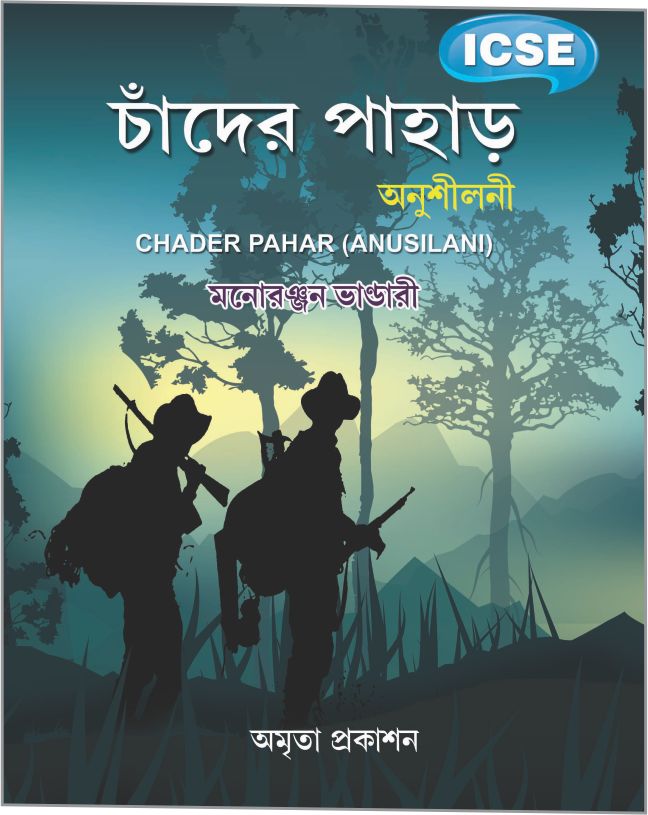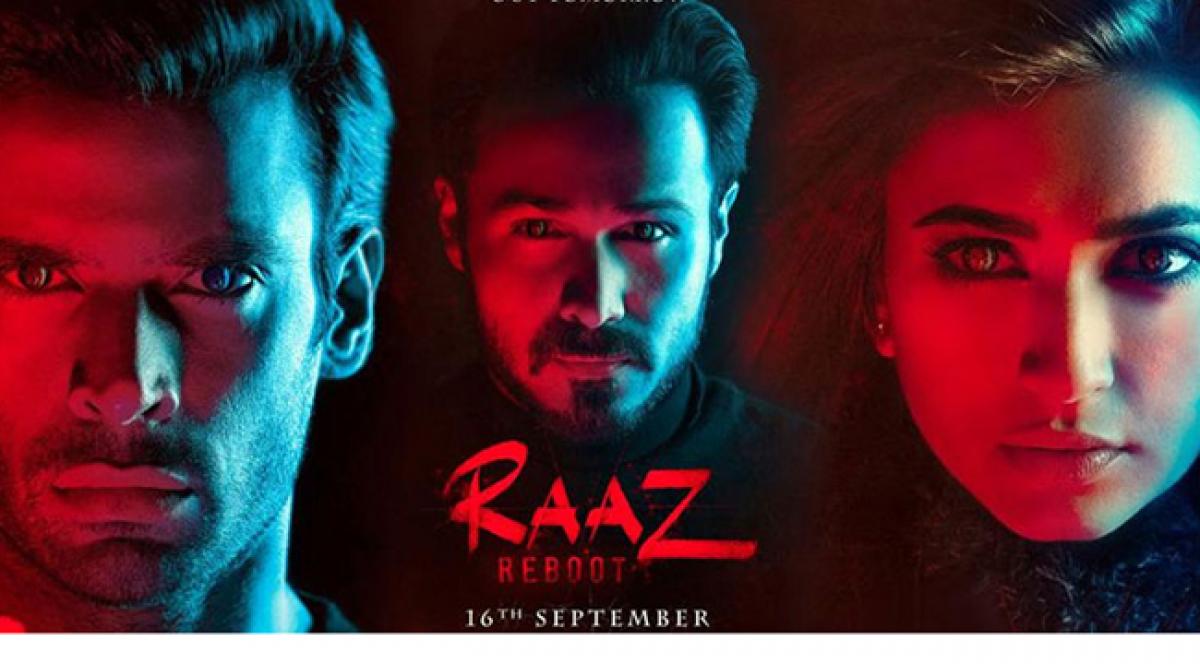
You site the example of Animesh from Uttoradhikar, Kalbela, kalpurush, but Sabyasachi from "Pather Dabi" is an even earlier example of a violently political character. Shankar is merely one of such early Colossus, who stood in our minds as heroes of our novels, the way they should behave, the way they should think, the way their minds will act and react !! Bengal needed more "Animesh"-es for sure.Īs I said, by own interpretation is much more mundane.Ĭoming to your post, your premise that Bangla literature is apolitical is not entirely correct. Maybe, it has to do with our culture, our psyche, not to integrate the turmoil with celebrated forms of art.

Until Salil Chaudhari celebrated the "gono-shongeet" format, artists from Bengal never took the initiative to align themselves to the contemporary political unrest.Of course, there are minor exceptions,but, those exceptions were never celebrated in the mainstream. The matinee idols Uttam Kumar and Soumitra Chatterjee hardly enacted any political characters or anything near with similar tones or overtones. Even though, artists from Bengal fondly remembers the bygone political era and unrest and attach an added romanticism with it, for e.g., Sunil Gangopadhay's "Shei Shomoi". In the post-war, post-Independence era, there were hardly any prominent and celebratory novels or works of art pertaining to the Naxal unrest, with Animesh Trilogy from Samaresh Basu being an exception. Methinks,characters from Bengali literature and art are vastly apolitical, since their inception. Certainly calls for wider, wilder and a longer debate. Hence, delivery may take longer than usual.Extremely well-posited question. Also, regular parcel service of Indian Railways is yet to resume. However, because of the corona virus endemic, our courier partners are working with reduced staff.

Orders are dispatched on every Tuesday and Friday (except for pre-orders which is according to the date mentioned).

Amount paid for an item is non-refundable under all circumstances.

In this book the author offers a peek behind the curtains into some of the real history, geopolitics and actual lore that influenced Bibhuti Bhushan’s own writing, and how each piece falls into the greater puzzle-scheme of early 20th-century Africa. Inspired by Bibhuti Bhushan Bandyopadhyay’s Bengali adventure novel ‘Chander Pahar’ set in 1909 Africa, mountaineer-adventurer Anindya Mukherjee set out in 2015 in an attempt to retrace the footsteps of the classic novel’s protagonist ‘Shankar’. ‘Abar Chander Pahar’ is based on Anindya Mukherjee’s curious journey from Mombasa, Kenya to the Rwenzori Mountains, aka ‘The Mountains of The Moon’ in Uganda.


 0 kommentar(er)
0 kommentar(er)
